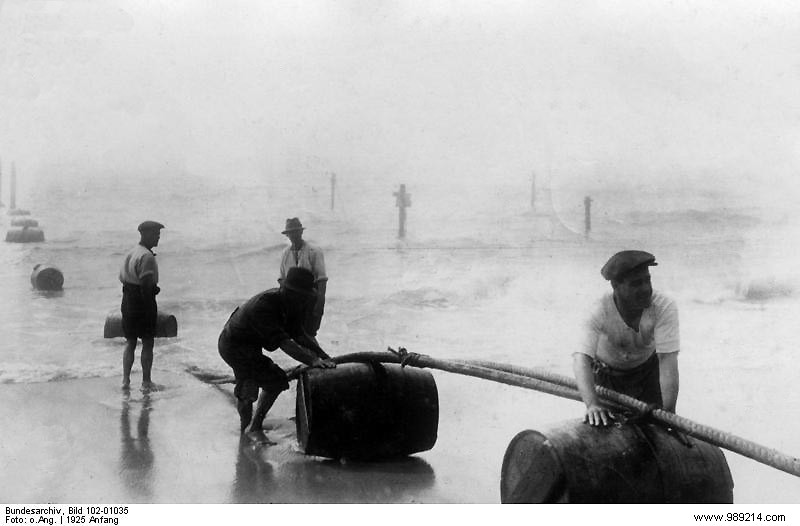A study by researchers at the University of California details the devastating effects that a particularly violent geomagnetic storm could have on the undersea cables supporting the Global Internet. And the news is not very good.
We've known for a long time that extreme solar storms, or a coronal mass ejection, can damage Earth's power grids, potentially causing extended outages. From global supply chains to transportation to GPS access, the impact would be felt in almost every area.
The impact of these storms on internet infrastructure – which essentially relies on a complex network of cables laid on the ocean floor – is, however, less examined so far. At the SIGCOMM 2021 Data Communication Conference, Sangeetha Abdu Jyothi of the University of California (Irvine) recently presented his review of the potential damage inflicted by such a cloud of magnetized solar particles on the "Internet Planet".
“What really made me think about this is that with the pandemic we saw how unprepared the world was . There was no protocol to deal with it effectively. It's the same with the resilience of the Internet" , explains to WIRED Sangeetha Abdu Jyothi, at the origin of this work. “Our infrastructure is not prepared for an event. We have a very limited understanding of the extent of the damage." .
According to this study, failures could be catastrophic for long submarine cables connecting continents, causing a massive loss of connectivity for several months. To transmit the data, these cables are indeed equipped with repeaters placed at regular intervals responsible for amplifying the optical signal. However, these "relays" are filled with electronic components vulnerable to geomagnetically induced currents.
That doesn't mean we'd be stuck "in the dark". According to Sangeetha Abdu Jyothi, however, local and regional internet infrastructure would have a low risk of damage, even in the event of a massive solar storm, since fiber optics are not affected by these currents.

The closer you get to the poles, the more damage coronal mass ejections do. Cables crossing the Atlantic and Pacific oceans at high latitudes would be particularly exposed to even moderate storms. The United States would likely be hardest hit, the study notes, due to its reliance on such infrastructure to connect it to Europe.
Europe would fare a little better because of its land connections. The Asian continent would also be less affected since Singapore, which serves as a hub for many submarine cables in the region, is closer to the equator. In addition, the cables there are also shorter, branching out in many directions.
According to the researchers, the probability that a sufficiently large solar event could cause such disturbances is 1.6 to 12% per decade . The risk is therefore significant. Also for Abdu Jyothi, much more in-depth research must be carried out to better understand the extent of the threat , and therefore better prepare for it.